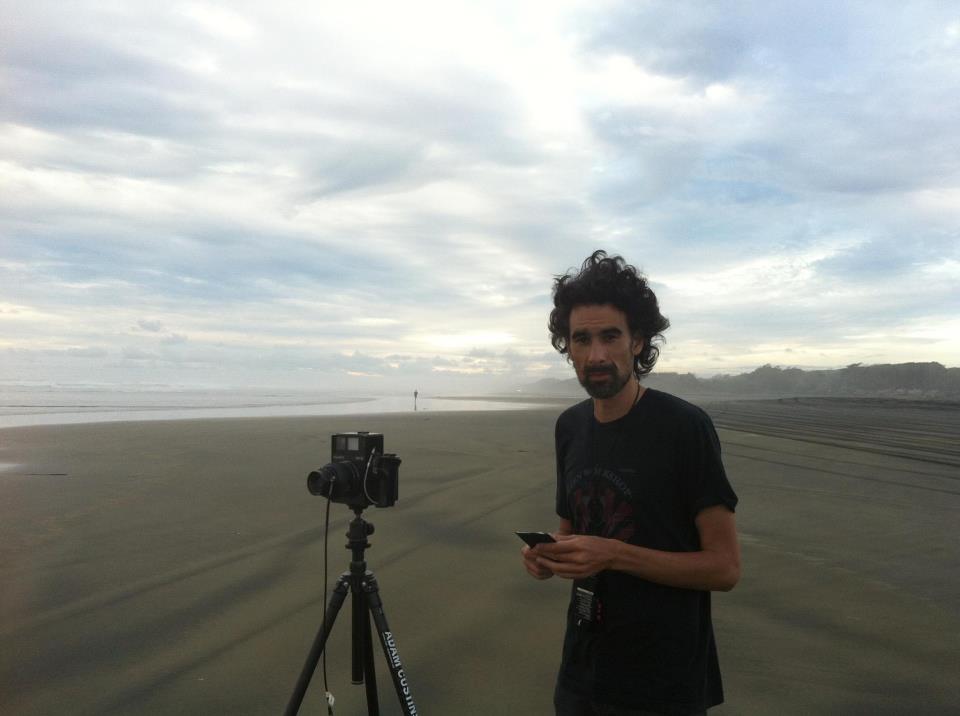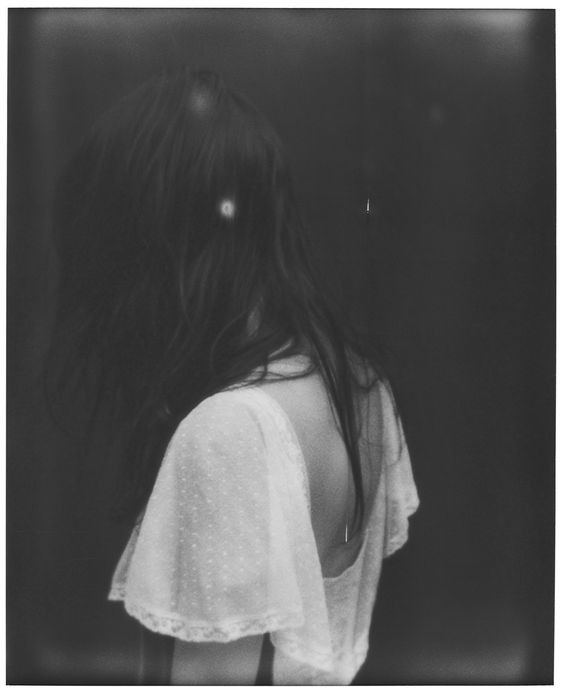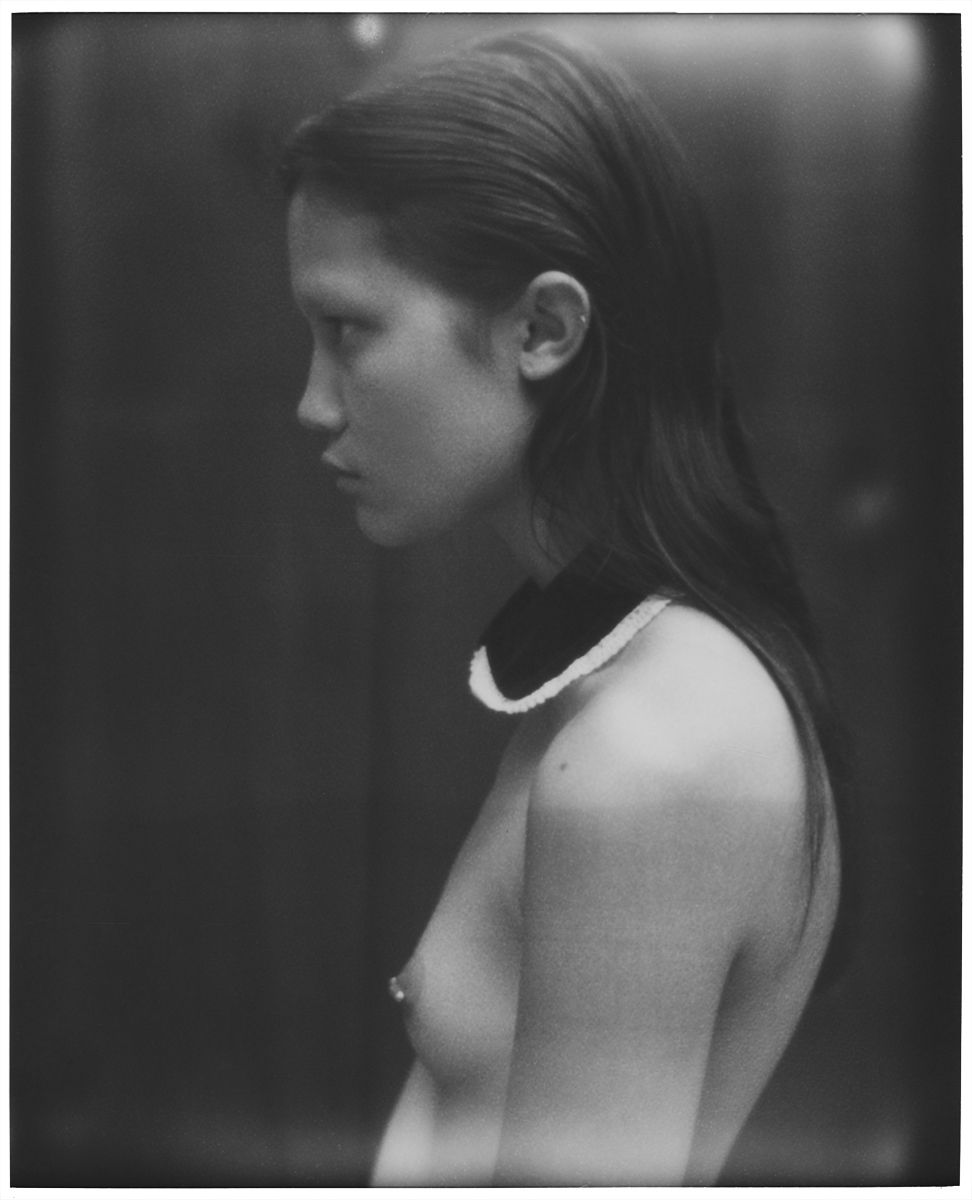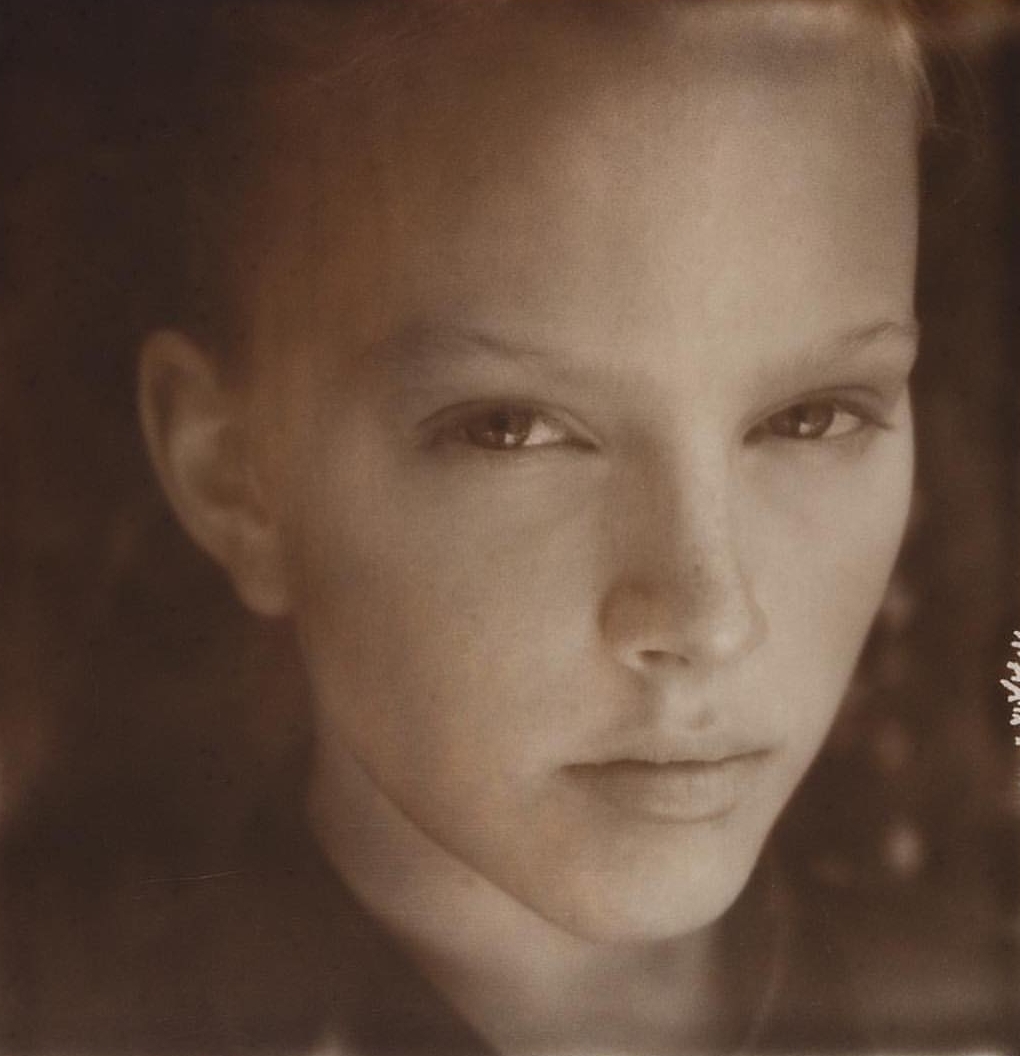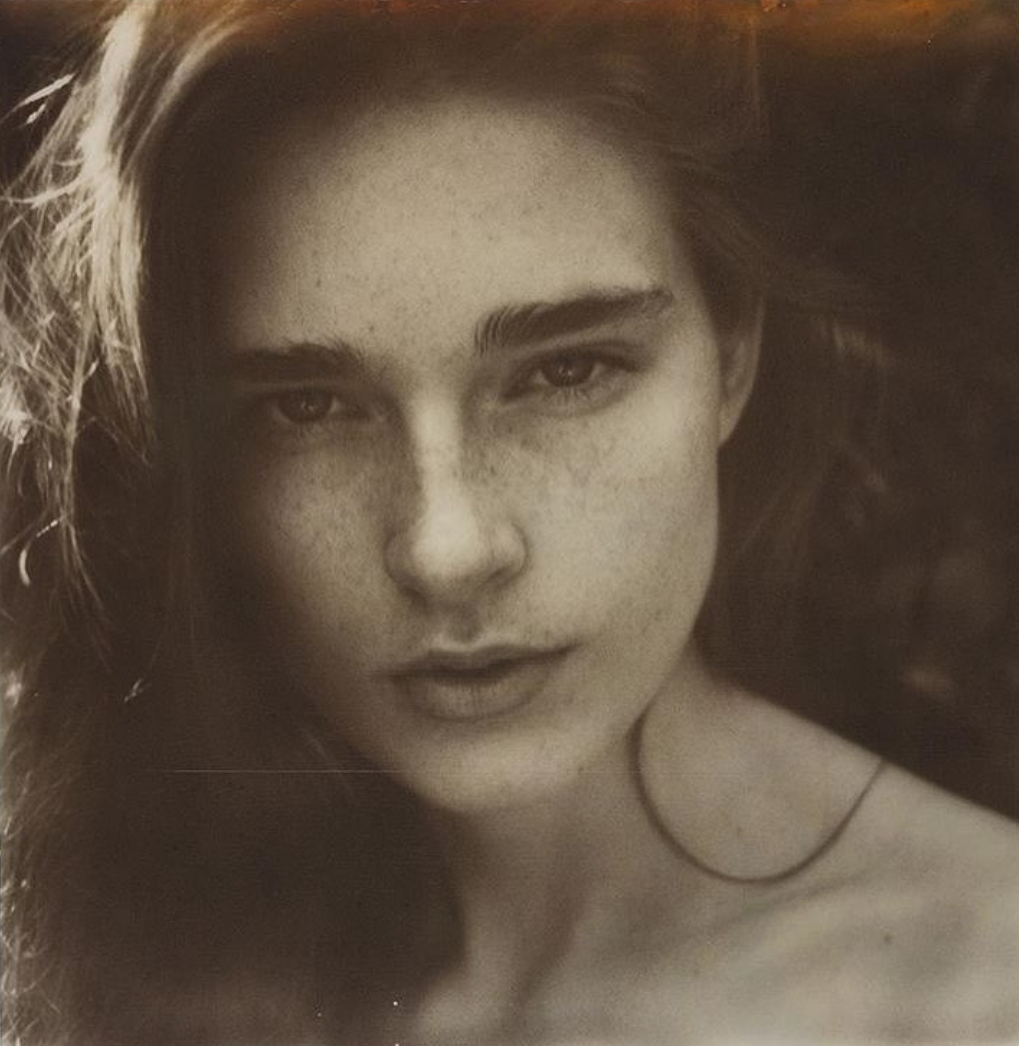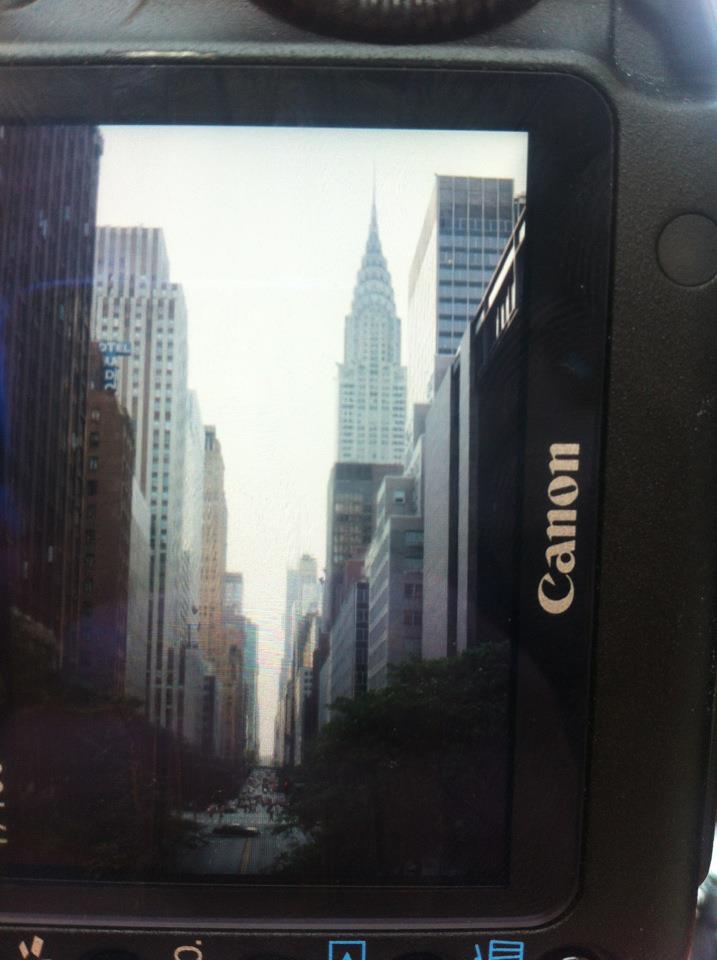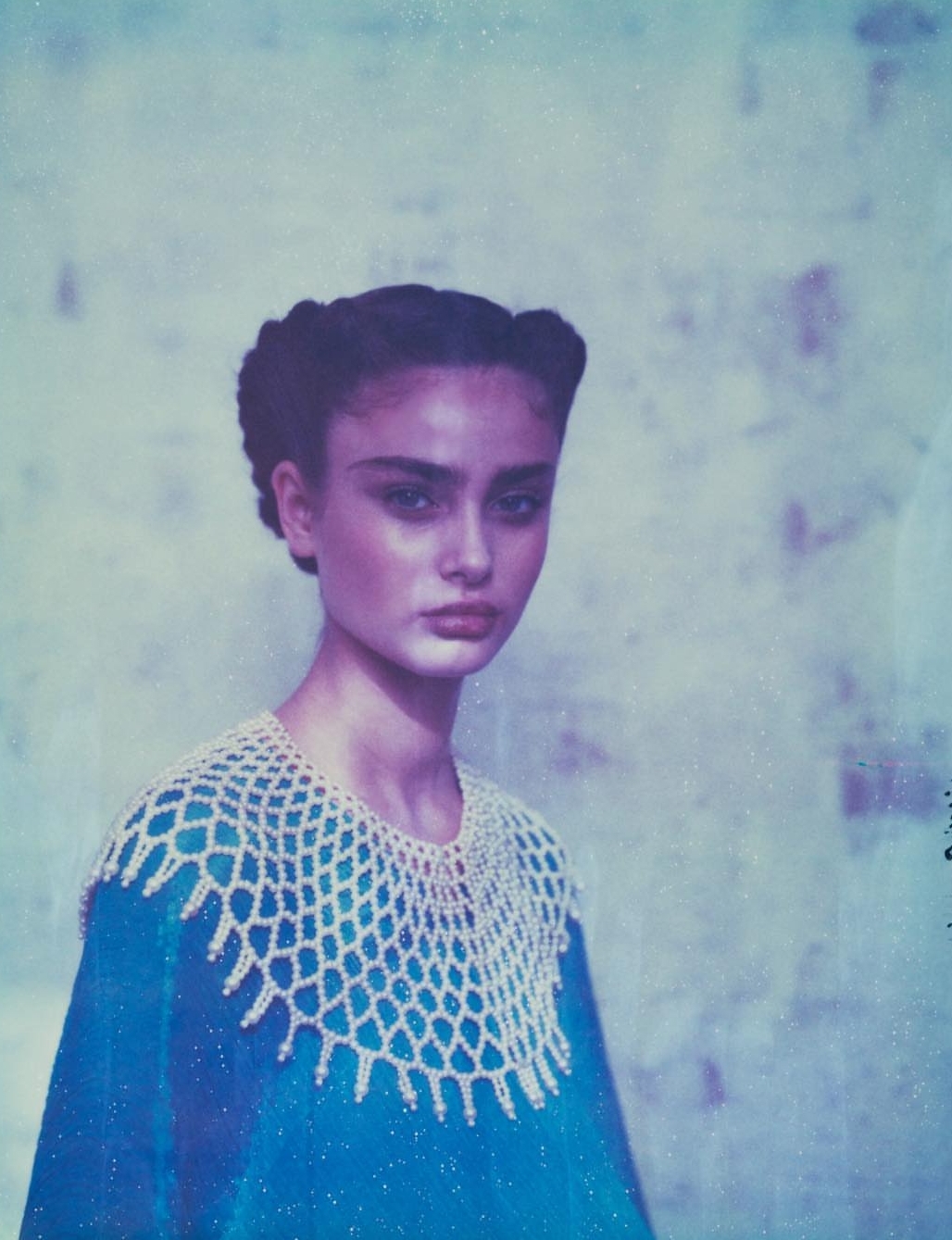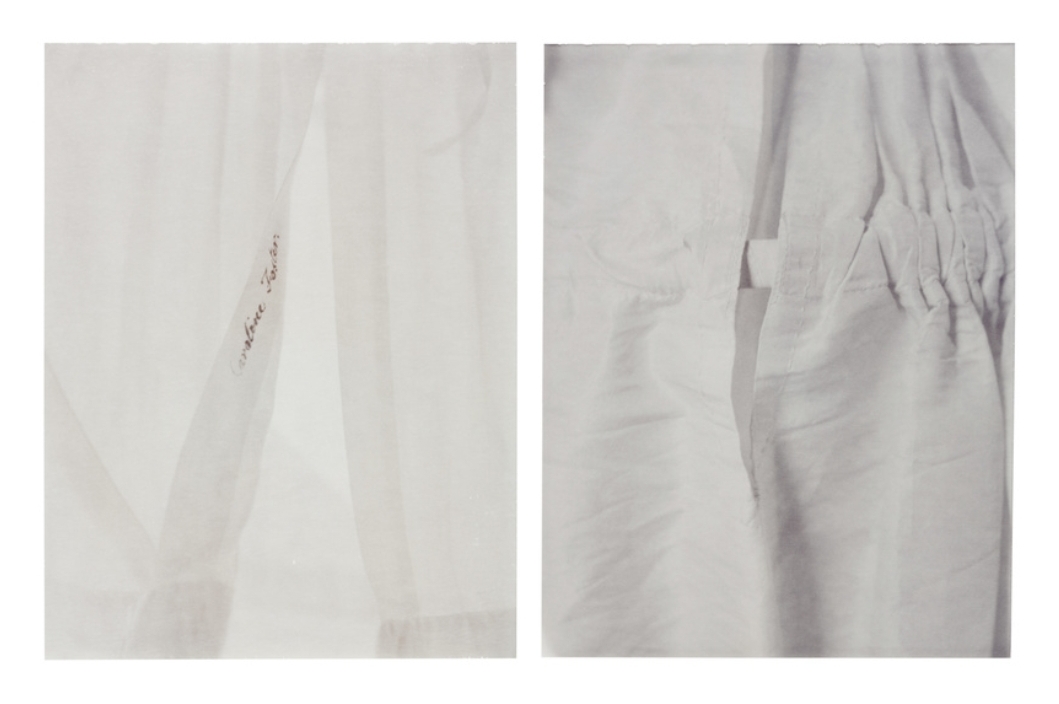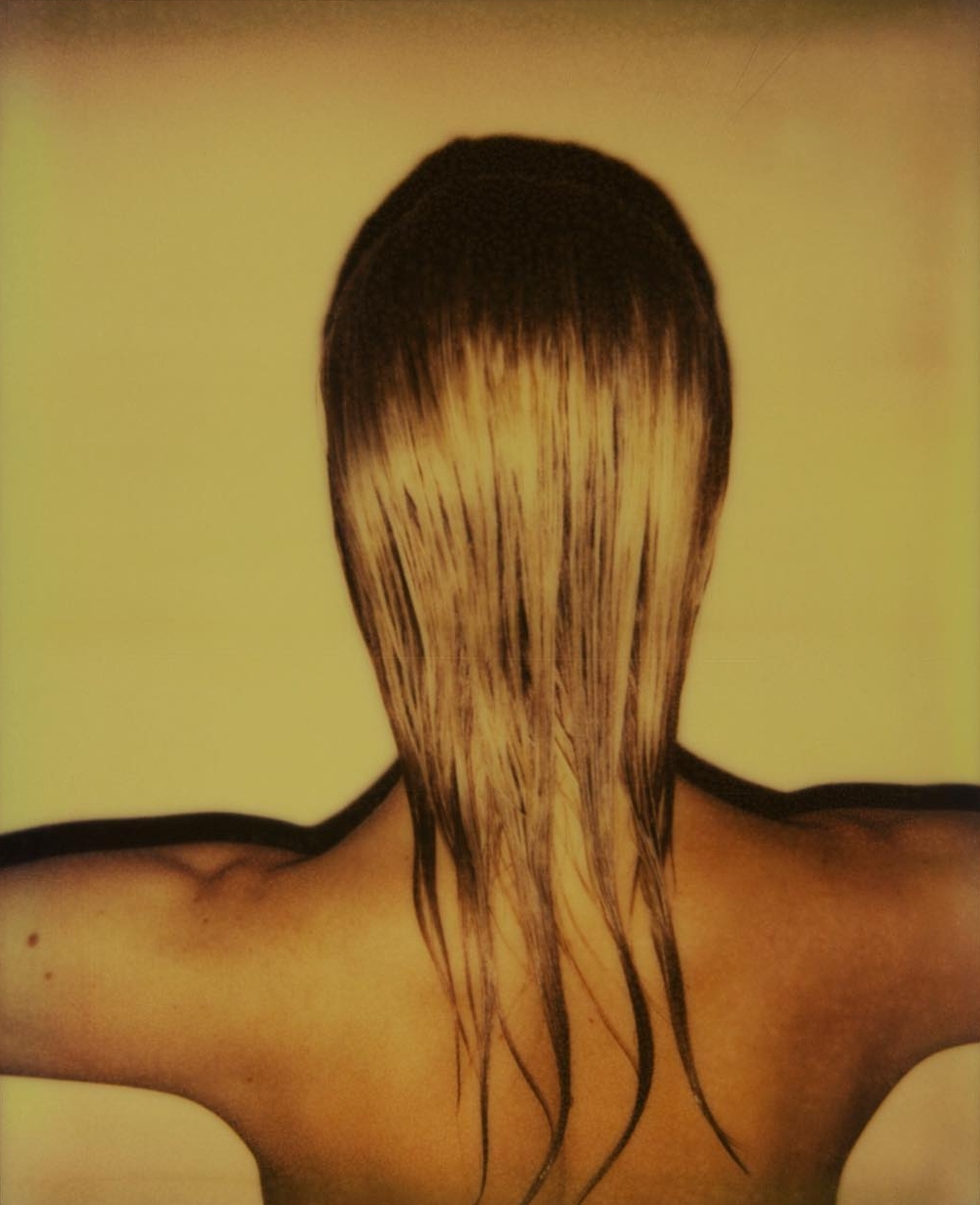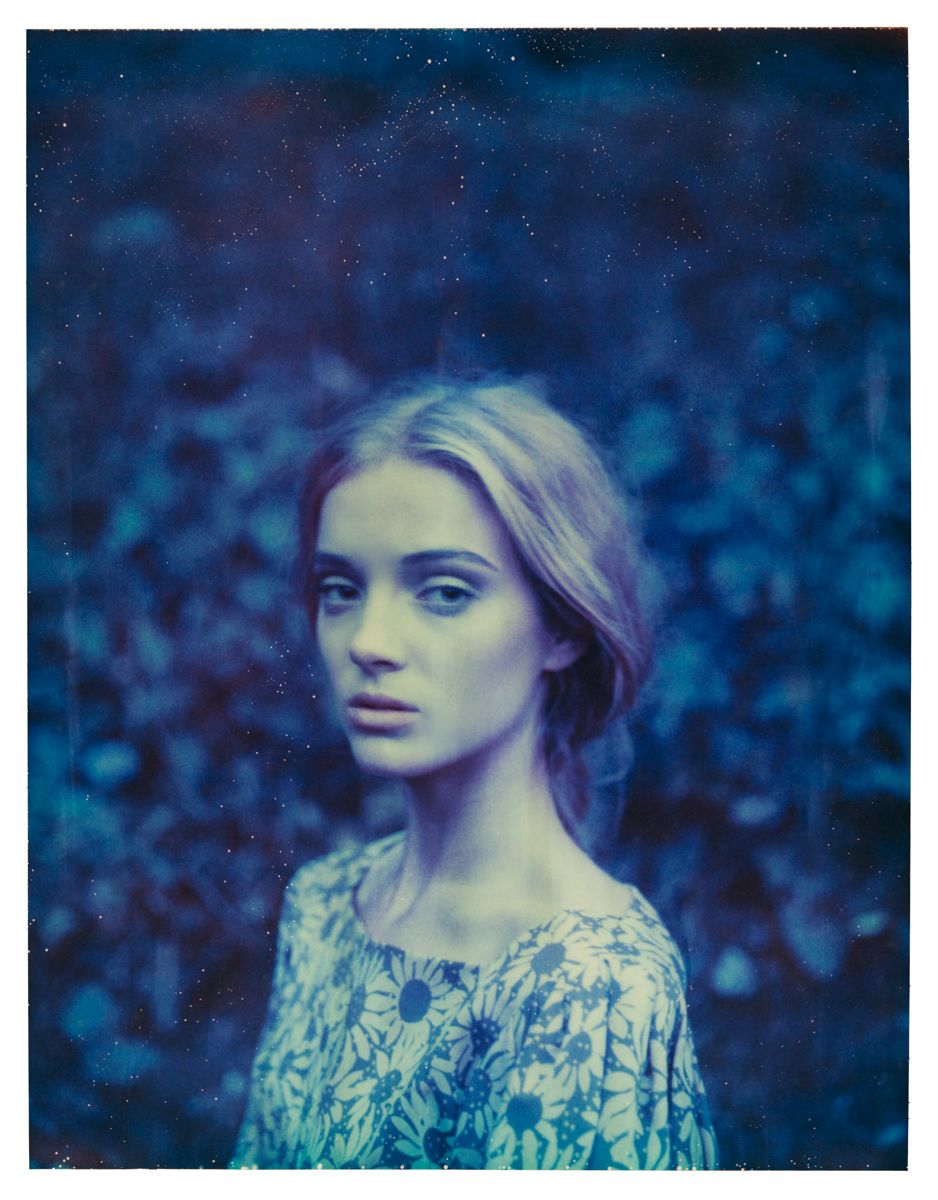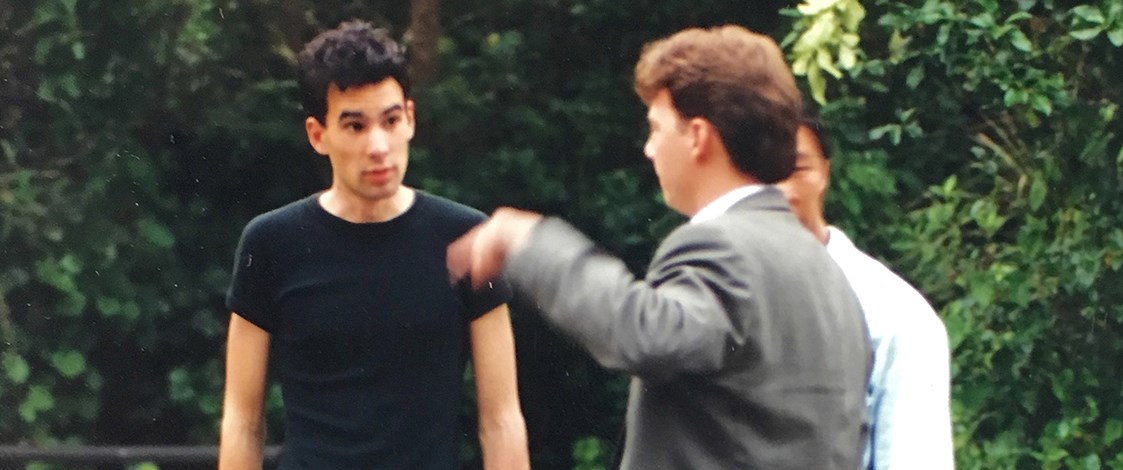«LOS PERÍODOS MÁS IMPORTANTES Y CRUDOS DE LA MODA NEOZELANDESA”. LA CIUDAD ESTABA LLENA DE CREATIVIDAD, EL LUGAR PERFECTO PARA UN JOVEN FOTÓGRAFO QUE COMENZABA EN LA INDUSTRIA»
«THE MOST FORMATIVE AND RAW PERIODS IN NEW ZEALAND FASHION”. TOWN WAS BUZZING WITH CREATIVITY, THE PERFECT PLACE FOR A YOUNG PHOTOGRAPHER STARTING OUT IN THE INDUSTRY»
VIENDO LA FOTOGRAFÍA DE MODA COMO UN LIENZO DESNUDO PARA CUALQUIER TIPO DE IDEA O EXPRESIÓN
VIEWING FASHION PHOTOGRAPHY AS A BARE CANVAS FOR ANY KIND OF IDEA OR EXPRESSION
“simplificar radicalmente”
Nacido en 1972 de padres chino-ingleses, Adam creció en Auckland suburbano. Su familia eran miembros de la Escuela de Filosofía, a la que asistió hasta los 16 años – un año después de que se le dió su primera cámara. Los años de secundaria se pasaron alrededor de la calle mayor, fiestas de almacén y shows de moda de bajo coste y aquí es donde su imaginación fotográfica fue capturado por primera vez. Llevaba su cámara por todas partes. Adam considera esos primeros años como “los períodos más formativos y crudos de la moda neozelandesa”. La ciudad estaba llena de creatividad, el lugar perfecto para un joven fotógrafo que comenzaba en la industria. “Recuerdo a Karen Walker caminando por la calle mayor con sus pantalones cortos de lentejuelas y sudor encapuchado pareciendo que acababa de llegar de la moda planetaria”. Todo estaba en sus las manos, alentando por profesionales de la industria de apoyo.
En 1993, Adam asistió a un breve curso en el Instituto Brooks de Fotografía en California, que le dio gran parte de la base técnica y profesional que necesitaba para tener éxito en su trabajo. Su primera sesión oficial fue para Karen Walker, “un anuncio de una página para una revista autoeditada llamada PILOT que estaba haciendo con el director de arte, Justin Jones“.
Trabajó con Justin durante unos años después de esa primera sesión, conociendo la estética que pedían en los trabajos los cliente, ganando más y más experiencia en el mundo de la moda. Viendo la fotografía de moda como “un lienzo desnudo para cualquier tipo de idea o expresión” significaba que Adam estaba muy abierto al aprendizaje y la experimentación. Su estilo sufrió un cambio completo en 2010, cuando decidió “simplificar radicalmente”. En lugar de seguir utilizando iluminación artificial, grandes equipos y estilo intensivo, se despojó de todo de nuevo a lo básico, y allí encontró la estética que define su trabajo de hoy. “Sentí que si realmente iba a progresar como fotógrafo, necesitaba aprender virtualmente cómo hacer imágenes poderosas con la menor cantidad de cosas”, comenta Adam.
Born in 1972 to Chinese-English parents, Adam grew up in suburban Auckland. His family were members of the School of Philosophy, which he attended until he was 16 – a year after he was given his first camera. High school years were spent around High Street, warehouse parties and low-fi fashion shows and this is where his photographic imagination was first captured. He carried his camera everywhere. Adam considers those early years as some of “the most formative and raw periods in New Zealand fashion”. Town was buzzing with creativity, the perfect place for a young photographer starting out in the industry. “I remember Karen Walker striding down High Street in her sequinned hot pants and hooded sweat looking like she’d just landed from planet fashion.” Everything was hands on, self taught or mentored by supportive industry professionals.
In 1993, Adam attended a short course at Brooks Institute of Photography in California, which gave him much of the technical and professional foundation he needed to succeed in his work. His first official shoot was for Karen Walker, “a one page ad for a self published magazine called PILOT I was making with art director, Justin Jones“.
He worked with Justin for a few years after that first shoot, picking up Working Style as a client and gaining more and more experience in the fashion world. Viewing fashion photography as “a bare canvas for any kind of idea or expression” meant that Adam was very open to learning and experimentation. His style underwent a complete change in 2010, when he decided to “radically simplify”. Instead of continuing to use artificial lighting, large crews and intensive styling, he stripped everything right back to basics, and there he found the aesthetic that defines his work today. “I felt that if I was going to really progress as a photographer, I needed to virtually relearn how to make powerful images with the least amount of stuff,” he says.
«DESPUÉS DE DOS AÑOS TRABAJANDO COMO UN ESCLAVO TRATANDO DE CAUSAR UNA IMPRESIÓN, FINALMENTE ME ENCONTRÉ CON EL AGENTE FOTOGRÁFICO DE MIS SUEÑOS»
«AFTER TWO YEARS SLAVING AWAY TRYING TO MAKE AN IMPRESSION, I FINALLY GOT TO MEET WITH THE PHOTO AGENT OF MY DREAMS»
Adam tuvo su primera exposición de Nueva York, mostrando trabajo personal junto a otro al fotógrafo, Colby Sadeghi
Adam had his first New York exhibition, showing personal work alongside another instant-photographer, Colby Sadeghi
Especializado en fotografías Polaroid da a sus imágenes una sensación de ensueño, de otro mundo. Los colores se saturan extrañamente en la película instantánea, que a menudo caduca antes de que Adam la devuelva a la vida, y la luz natural le da a sus sujetos bordes suavizados y contrastes inesperados. Admite referirse cada vez más a experiencias pasadas en trabajos recientes: su estética “a menudo imagina dos mundos: uno muy natural e idealista, casi puritano/amish. El otro, hedonista, y libre.”
El filmar con su cámara llevaría a otros cambios, tanto conceptuales como geográficos. Adam estuvo residiendo durante un tiempo en Nueva York (una ciudad notoriamente difícil de quebrar) y allí tuvo una oportunidad perdida que fue uno de los momentos “más satisfactorios” de su carrera. “Después de dos años trabajando como un esclavo tratando de causar una impresión, finalmente me encontré con el agente fotográfico de mis sueños: Arte + Comercio, en 2012”, dice. “Se ofrecieron a contratarme pero no pude obtener mi Visa a tiempo.” Puede que no haya sido el destino esta vez, pero no fue el fin de sus sueños de Nueva York: en 2016, Adam tuvo su primera exposición de Nueva York, mostrando trabajo personal junto a otro al fotógrafo, Colby Sadeghi.
Specialising in Polaroid film gives Adam’s images a dreamy, otherworldly feel. Colours saturate oddly on the instant film, which is often long expired before Adam brings it back to life, and the natural light gives his subjects softened edges and unexpected contrasts. He admits to increasingly referencing past experiences in recent work: his aesthetic “often imagines two worlds: one that is very natural and idealistic, almost puritanical/Amish. The other, hedonistic, and free.”
The move into film brought with it other shifts, both conceptual and geographical. Adam was based for a time in New York (a city notoriously difficult to crack) and there he had a missed opportunity that was one of the “most satisfying”moments in his career. “After two years slaving away trying to make an impression, I finally got to meet with the photo agent of my dreams: Art + Commerce, in 2012”, he says. “They offered to take me on but I wasn’t able to get my Visa in time.” It may not have been fate this time, but it wasn’t the end of his New York dreams: in 2016, Adam had his first New York exhibition, showing personal work alongside another instant-photographer, Colby Sadeghi.
«Usé una película caducada que había sido hecha por accidente en la fábrica de Polaroid hace años. Ayudó a reflejar la fragilidad de las piezas de vestuario que en muchos casos eran de alta costura, por lo que también uno había pagado.»
«I used expired film that had only been made by accident in the Polaroid factory years ago. It helped to mirror the fragility of the costume pieces which in many cases were couture, so also one off.»
En 2013, la revista de moda Vestoj y la Galería Nacional de Victoria lo invitaron a colaborar en una sesión de fotos para la colección de disfraces de GNV. La obra era una exploración de la estructura interior de las prendas de vestir; a Adán se le pidió que disparara sólo el interior de cada pieza. «Me pidieron específicamente que filmara esto debido a mi trabajo de Polaroid», explica Adam, «Usé una película caducada que había sido hecha por accidente en la fábrica de Polaroid hace años. Ayudó a reflejar la fragilidad de las piezas de vestuario que en muchos casos eran de alta costura, por lo que también uno había pagado.»
El trabajó con GNV es un resumen perfecto de la propia práctica de Adam: la moda se encuentra con el arte, pero la historia y la gente detrás de ella son siempre la fuerza motriz. Aunque la moda sigue siendo una parte importante de la obra de Adam, el arte fino y el trabajo documental han adquirido igual importancia. «Más que nada es [acerca de] estar con mentes similares. [Estar con] otros que comerían sopa si significara que sólo podría crear.»
In 2013, fashion journal Vestoj and the National Gallery of Victoria invited him to collaborate on a shoot for the NGV costume collection. The work was an exploration of the inner structure of garments; Adam was asked to shoot only the inside of each piece. «They specifically asked me to shoot this because of my Polaroid work,» Adam explains, «I used expired film that had only been made by accident in the Polaroid factory years ago. It helped to mirror the fragility of the costume pieces which in many cases were couture, so also one off.»
The work with NGV is a perfect summation of Adam’s own practice: fashion meets art, but the story and the people behind it are always the driving force. While fashion is still very much a part of Adam’s work, fine art and documentary work have become of equal importance. «Most of all it’s [about] being with like minds. [Being with] others who would eat soup if it meant they could just create.»
«Más que nada es [acerca de] estar con mentes similares. [Estar con] otros que comerían sopa si significara que sólo podría crear.»
«Most of all it’s [about] being with like minds. [Being with] others who would eat soup if it meant they could just create.»
El 2017 trajo nuevos desafíos. El cine es un medio de comunicación en el punto de mira, y recientemente el material cinematográfico que Adam utiliza ha sido descontinuado, sin reemplazo inmediato. «Me estoy esforzando por explorar otros medios mientras también almacenan películas», dice. «Es interesante pero también bastante sombrío, ya que sólo me quedan 100 paquetes para el resto del tiempo.» Enfrentarse a una limitación tan insalvable sería suficiente para desalentar a cualquier artista, pero Adam está a la altura del desafío. «Lo que me encanta de la fotografía es que estoy en constante evolución… siempre puedo ser mejor.»
2017 would lead to new challenges. Film is a struggling media, and recently the main film stock that Adam uses has been discontinued, with no immediate replacement. «I am pushing myself to explore other mediums while also stockpiling film,» he says. «It is interesting but also quite sombre, as I only have 100 packs left for the rest of time.» Facing such an insurmountable limitation would be enough to dishearten any artist, but Adam is rising to the challenge. «What I love about photography is that I am constantly evolving… I can always be better.»
«Lo que me encanta de la fotografía es que estoy en constante evolución… siempre puedo ser mejor.»
«What I love about photography is that I am constantly evolving… I can always be better.»


